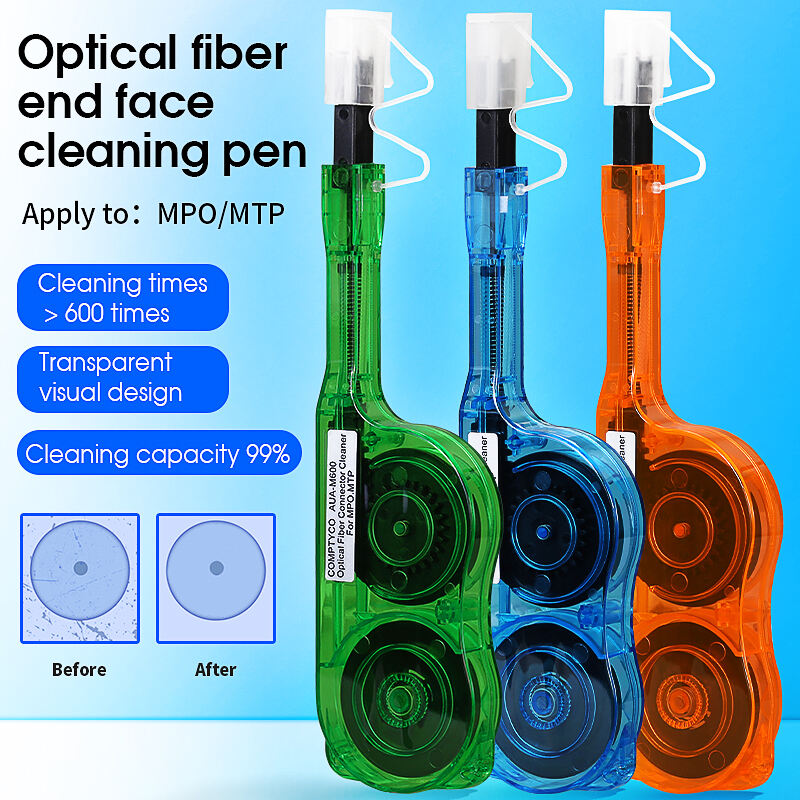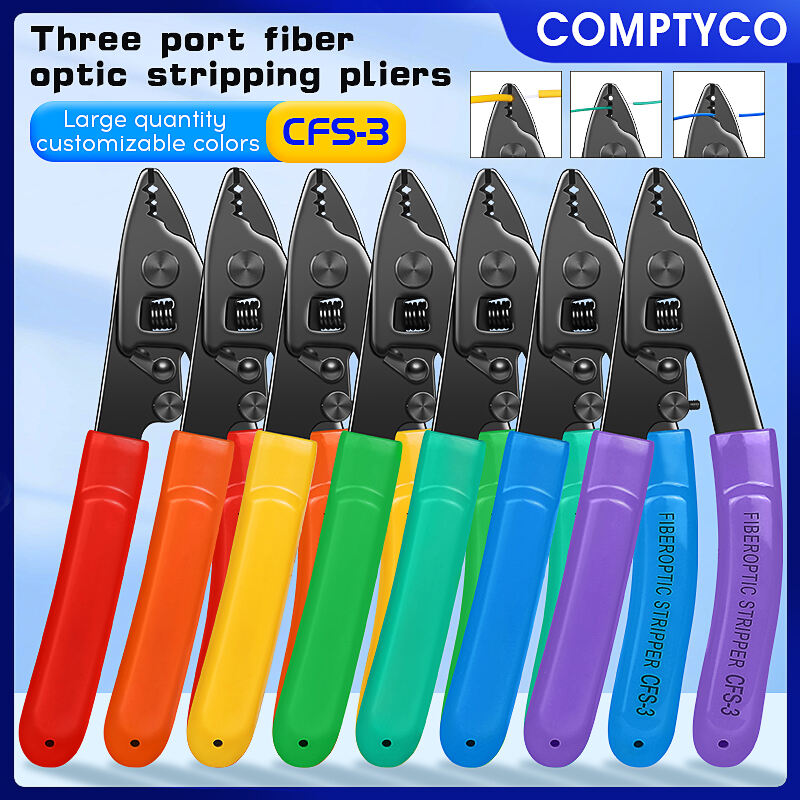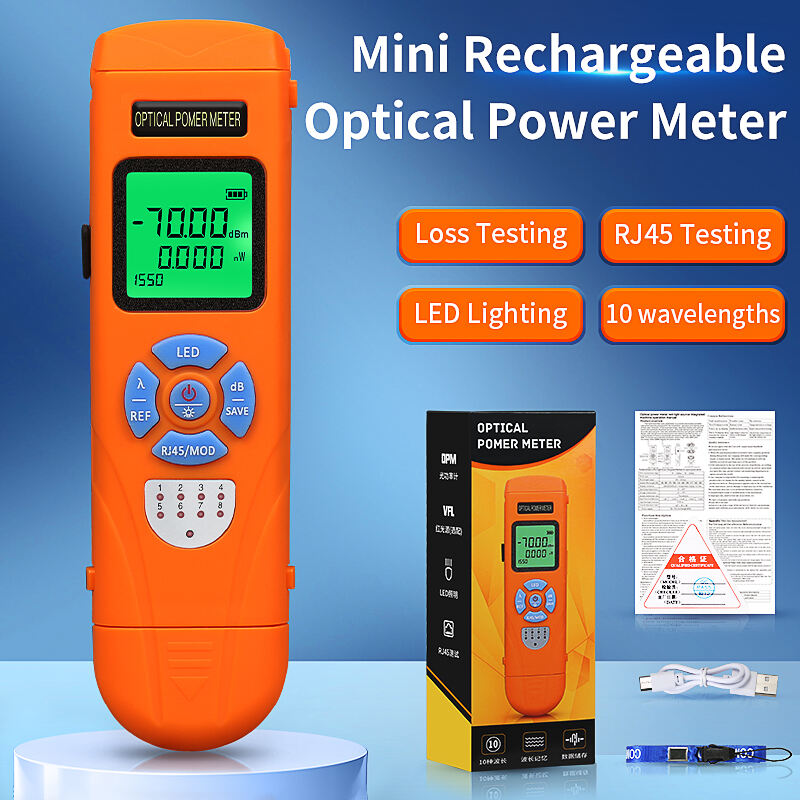otdr in optical communication
An Optical Time Domain Reflectometer (OTDR) is a sophisticated diagnostic device that plays a crucial role in optical communication systems. This advanced instrument functions by sending short pulses of light into optical fibers and analyzing the returned signals, effectively creating a detailed graphical signature of the fiber's characteristics. The OTDR operates by measuring the backscattered light and reflection events along the fiber length, providing essential information about attenuation, breaks, splice losses, and other potential issues. In modern optical communications, the OTDR serves as an indispensable tool for installation, maintenance, and troubleshooting of fiber optic networks. The device's primary functions include measuring fiber length, locating faults, determining splice and connector losses, and evaluating the overall performance of optical links. Technologically, OTDRs incorporate high-precision lasers, sensitive photodetectors, and advanced signal processing capabilities to deliver accurate measurements. These instruments are particularly valuable in large-scale telecommunications networks, data centers, and enterprise fiber installations where manual testing of each connection would be impractical. The OTDR's ability to provide non-destructive, one-ended testing makes it an efficient solution for both installation verification and ongoing maintenance programs. Modern OTDRs often feature user-friendly interfaces, automated measurement capabilities, and comprehensive data analysis tools, making them accessible to both experienced technicians and newer operators in the field.


